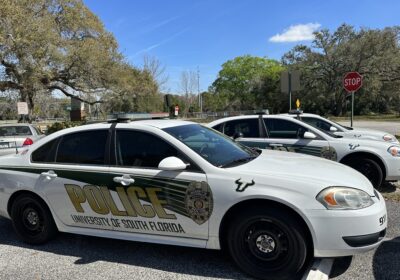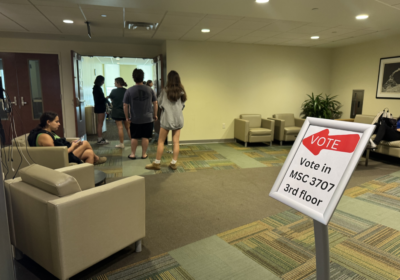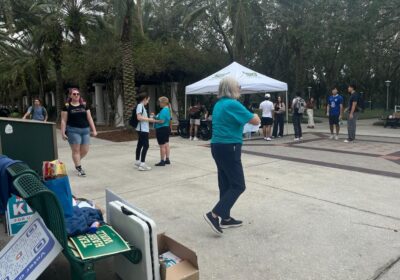‘Is this a true measure of adversity?’

The adversity score will be available to all universities by 2020. ORACLE PHOTO/LEDA ALVIM
College Board — the creator of the SAT — will now provide students a score not based on their academic skills, but the environment they grew up in.
It is being called an adversity score.
The score will take 15 factors into account and will vary from crime rate, poverty level, race, rental property percentage rates and the student’s neighborhood.
The measurement is based on a scale one through 100. If a student scores below a 50 they are considered privileged and if it is above, then it designates hardship, according to The Wall Street Journal.
The universities will be able to have access to the adversity score but the student will not.
The adversity score will be eligible to every university in the country by 2020, however, Associate Vice President and Dean of Admissions Glen Besterfield does not foresee this measurement in USF’s future.
Besterfield said he learned about the adversity score in May and instantly had some reservations.
“It is about the community that the student grew up in, it has nothing to do with the student,” Besterfield said. “Two students in the same apartment complex can get the same score but it’s not about the student, it’s about the community, so how do I really use that in the admissions process.”
Each of the 15 factors are weighted at the same level which means crime rates and rental percentages in the area would be measured at the same capacity.
“It seems like one should be weighed heavier than the other, so it’s interesting,” Besterfield said. “Is this a true measure of adversity?”
College Board conducted a pilot with 50 universities last year and they plan to expand it to 150 this fall.
Among the 50, FSU was the only Florida university included.
FSU administration claimed that the adversity scale has “increased its non-white enrollment from 37 percent to 42 percent among its incoming freshman class,” according to the Florida Daily.
Besterfield does not believe diversity is an area that USF lacks in.
“In 2015, we were ranked 6th in the nation for closing the gap for black students and in 2017 we were voted number one in the nation for Latino students,” Besterfield said. “We are doing phenomenal.”
USF receives over 40,000 applications every year for the admissions process and accepts approximately 17,000. Besterfield said he believes a more “holistic approach” is not realistic considering the number of students that have to be sorted.
Besterfield said the USF admissions process is “black and white” due to the fact that GPA, Advanced Placement scores, dual-enrollment and standardized-test scores are the only factors taken in account.
Besterfield said he believes the adversity scale will open students to try and use it to their advantage.
“If people knew that checking a box means that you would get more points, then I wouldn’t have control of my admissions process,” Besterfield said.
He said the adversity scale could be considered a “fundamental flaw” because the SAT and ACT are not being provided with the same criteria.
“Am I going to discriminate toward one student and give more points in admission to another because they have an adversity score?” Besterfield said. “A student may have more adversity in their life but they choose to take a different test instead.”
After the data is released for the first year, Besterfield said he will consider using the scale for the admissions process in 2021 the earliest.
“At the end of the day, we want a student who can succeed at this university,” Besterfield said. “We are getting more applicants every year, so it’s my job to retain diversity, grow the academic profile and maintain the numbers.
“Unless I get significantly more information about the adversity score, I will not be using it.”







